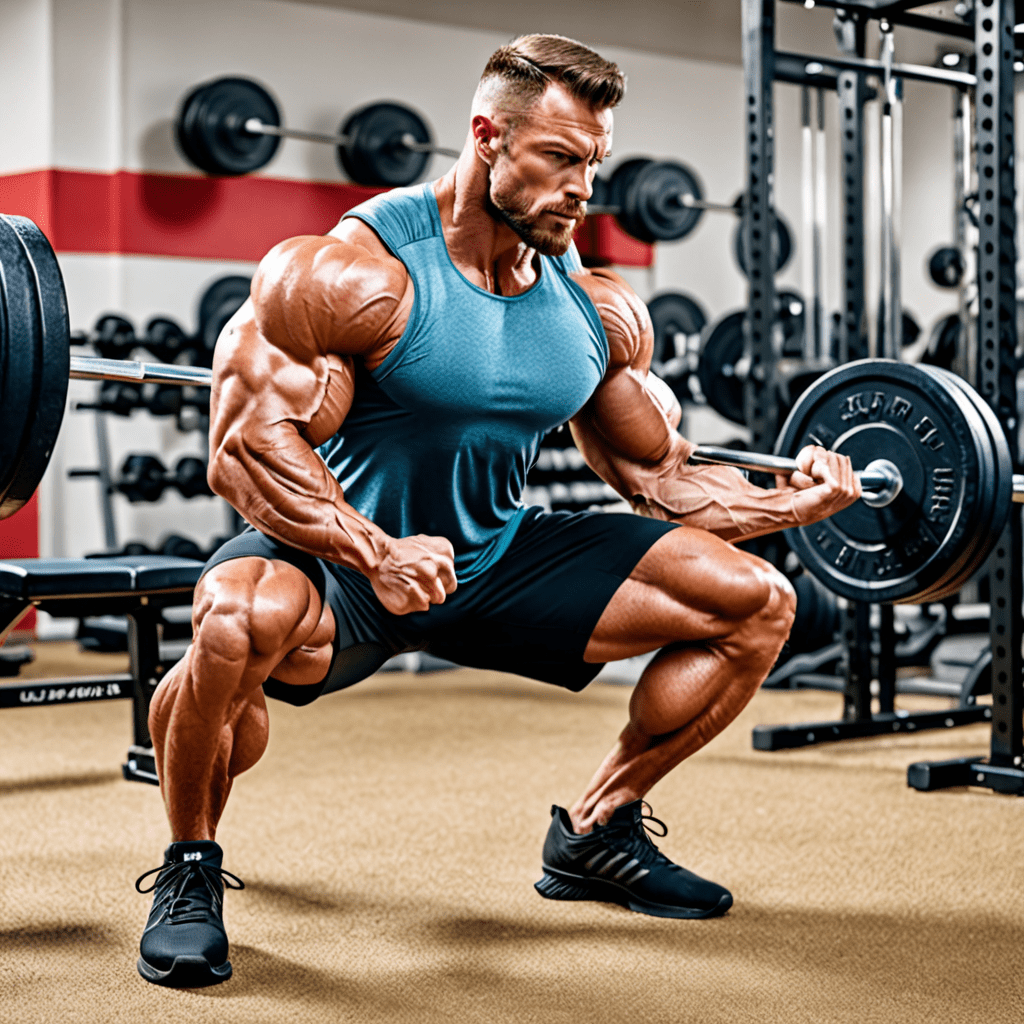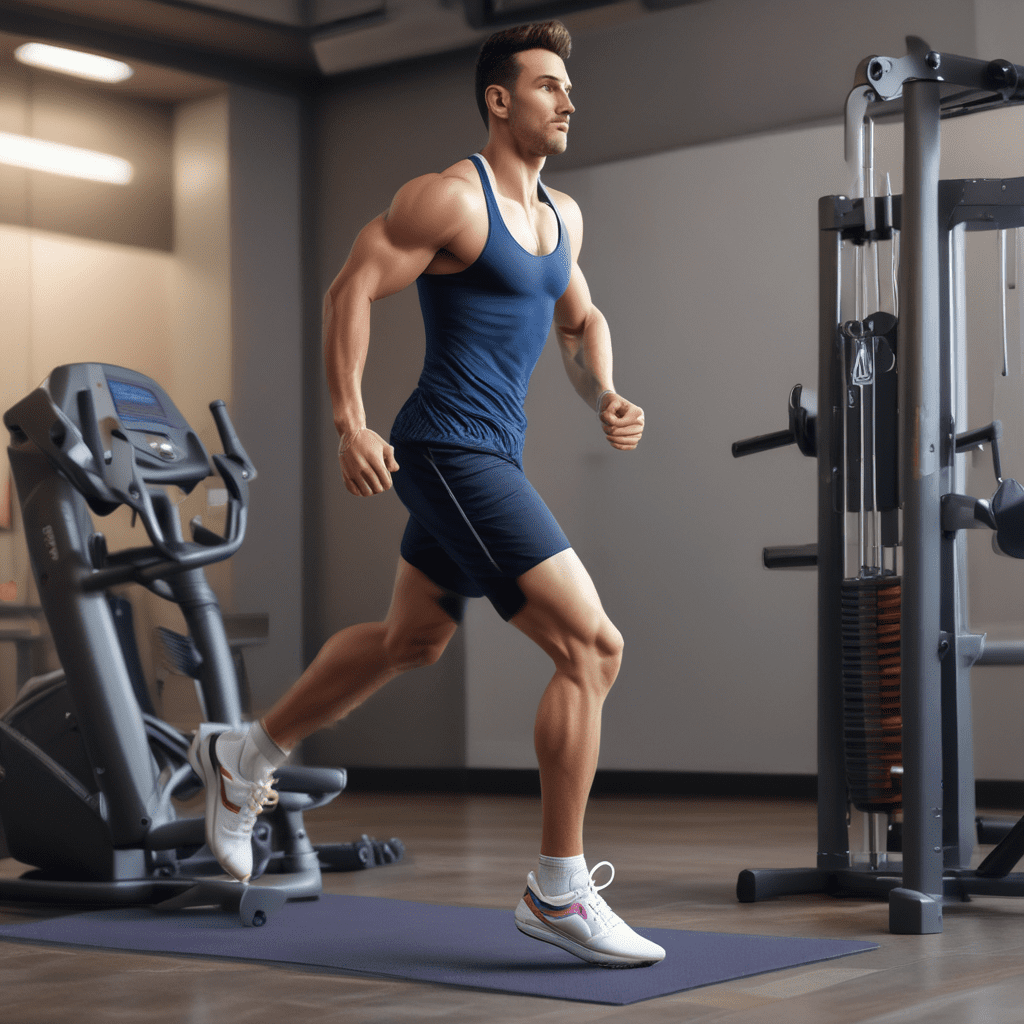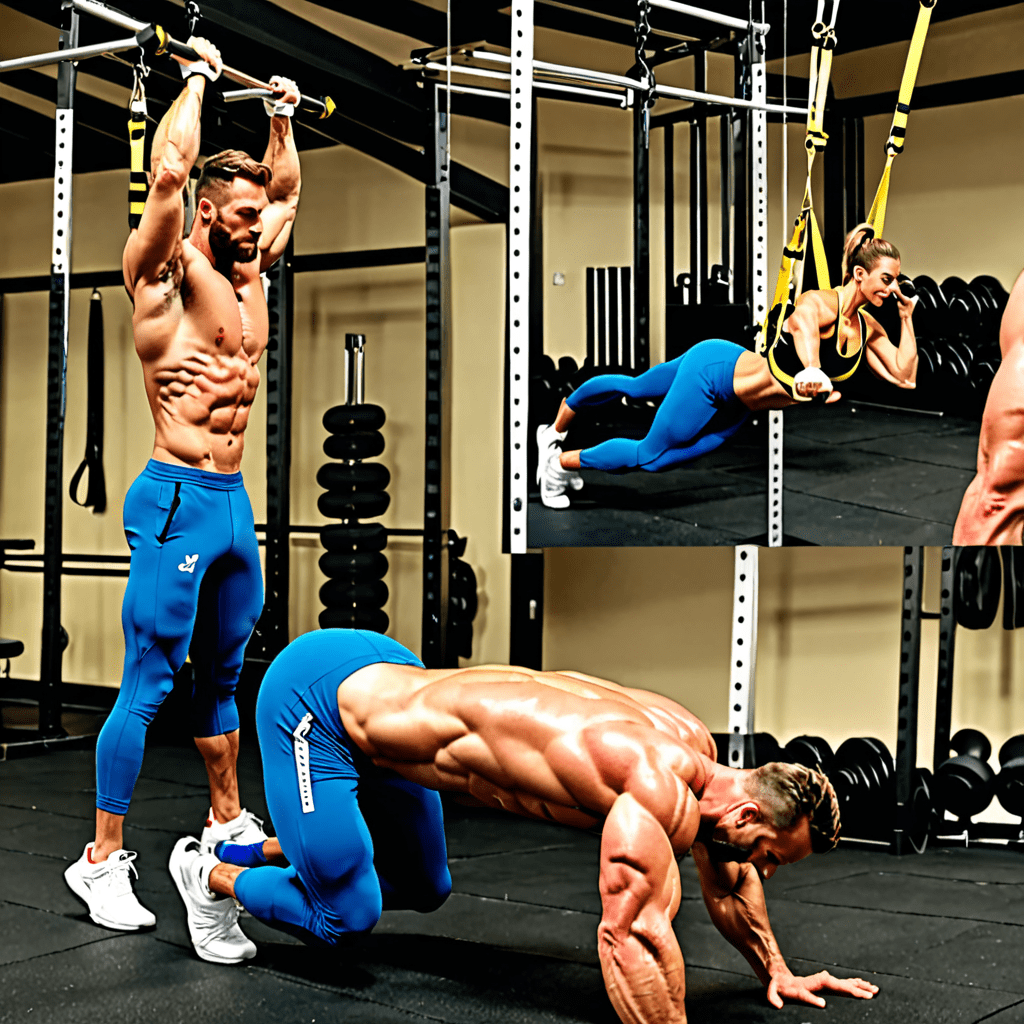
Bodyweight Exercises for Improved Joint Mobility and Health at Home
Welcome to our guide on bodyweight exercises that can enhance joint mobility and promote overall health from the comfort of your home. Incorporating these exercises into your routine can lead to increased flexibility, reduced stiffness, and improved strength in your joints. Let’s dive into these beneficial movements that cater to individuals of all fitness levels.
The Importance of Joint Mobility
Joint mobility plays a crucial role in maintaining an active and healthy lifestyle. It allows for smooth and pain-free movements, enhances range of motion, and reduces the risk of injuries. By focusing on exercises that promote joint mobility, you can support your overall physical function and well-being.
Benefits of Bodyweight Exercises
Bodyweight exercises are effective as they use your body’s own weight as resistance, requiring no additional equipment. They help improve strength, balance, and flexibility, making them ideal for enhancing joint health. These exercises can also be easily modified to suit your individual fitness level.
Top Bodyweight Exercises for Joint Mobility
1. Squats: Squats engage the lower body and promote hip and knee mobility. Start with bodyweight squats and gradually increase difficulty as you progress.
2. Lunges: Lunges work on single-leg strength and improve hip flexibility. They can be performed in various directions to target different muscle groups.
3. Planks: Planks strengthen the core muscles, which are essential for stabilizing the spine and improving overall posture and joint support.
4. Glute Bridges: Glute bridges target the hips and lower back, enhancing mobility in these areas and promoting better alignment.
Tips for Effective Bodyweight Exercises
1. Start with proper warm-up to prepare your muscles and joints for exercise.
2. Focus on performing each movement with proper form to avoid injury and maximize benefits.
3. Gradually increase the intensity and duration of your workouts as your strength and mobility improve.
Incorporating Bodyweight Exercises into Your Routine
It’s essential to establish a consistent schedule for your bodyweight workouts. Aim to include these exercises at least 2-3 times per week to see noticeable improvements in joint mobility and overall health. Remember to listen to your body and adjust the exercises as needed to suit your comfort level.
Conclusion
By incorporating bodyweight exercises into your fitness regimen, you can experience enhanced joint mobility, better overall health, and a stronger body. Start with these beginner-friendly exercises and gradually progress to more advanced movements to challenge yourself further. Remember, consistency is key to seeing significant improvements in your joint health and overall well-being.
Frequently Asked Questions about Bodyweight Exercises for Improved Joint Mobility and Health at Home
What are bodyweight exercises?
Bodyweight exercises are physical movements that use a person’s own body weight to provide resistance. These exercises can help improve strength, flexibility, and overall fitness without the need for equipment.
How can bodyweight exercises help with joint mobility?
Bodyweight exercises can help improve joint mobility by increasing blood flow, strengthening the muscles around the joints, and enhancing flexibility. These exercises can also help reduce stiffness and pain in the joints.
What are the benefits of incorporating bodyweight exercises into my routine?
By incorporating bodyweight exercises into your routine, you can improve joint mobility, increase muscle strength, enhance flexibility, boost overall fitness levels, and maintain a healthy weight. These exercises can also be done at home, making them convenient and cost-effective.
Are bodyweight exercises suitable for all fitness levels?
Bodyweight exercises can be adapted to suit different fitness levels. Beginners can start with simpler movements and gradually progress to more challenging exercises as they build strength and improve flexibility. It is essential to listen to your body and avoid overexertion to prevent injuries.


